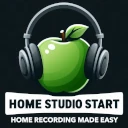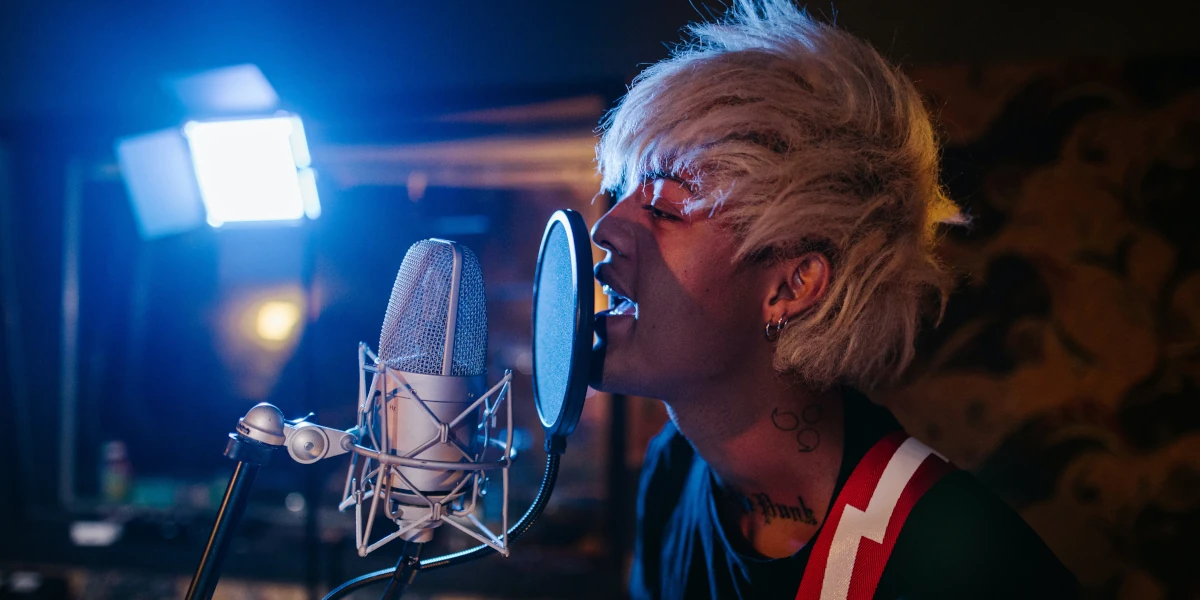Hey there, passionate sound creators and home studio aficionados! We know the thrill of laying down a track in the cozy confines of your personal space, where every chord strikes a familiar comfort and every beat resonates with your soul. But let’s face it – the journey from a melody in your mind to a masterpiece in your digital library is fraught with challenges, especially when it comes to managing noise and finding that perfect time to hit ‘record’.
Have you ever found yourself questioning, “What is the best time to record in my recording studio?” You’re not alone. Recording at home means juggling between your creative urges, the peace of your neighbors, and the harmony of your family life. And without proper soundproofing, these recording sessions can inadvertently transform into a neighborhood-wide broadcast of your musical explorations.
But fret not! This blog post promises to dive into the depths of optimizing recording times within the comfort of your home studio. By the end, you’ll be equipped with knowledge and strategies to schedule your sessions smartly, ensuring your music flows uninterrupted and your relationships with those around you remain harmonious.
Stay tuned as we unveil the secrets to choosing the best time to record in your recording studio, turning potential constraints into the catalysts for your creative process. Let’s make every note count, without ticking off the neighbors or sacrificing precious family time. Are you ready to fine-tune your recording routine? Let’s get started!
Understanding the Dynamics of Home Recording Studios
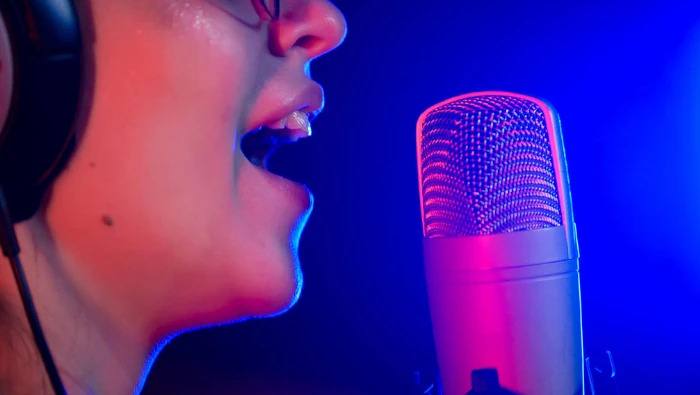
Let’s dive into the dynamics of home recording studios, a topic so many musicians and producers are passionate about.
Navigating the unique challenges of a home studio can be as complex as composing a symphony. Unlike professional studios, many home setups lack comprehensive soundproofing, making it a balancing act between your creative impulses and the practical realities of your environment. This balancing act is crucial, not just for the sake of producing high-quality sound, but also for maintaining harmony with those around you, be it neighbors or family members.
When you think about it, the essence of a home studio isn’t just about having a place to record; it’s about integrating your passion for music into your everyday life. However, this integration comes with its own set of challenges. For instance, finding the right time to lay down tracks without disturbing your next-door neighbor’s peace or managing to work around your family’s schedule. It’s a delicate dance of timing and diplomacy, highlighting why choosing the right recording time isn’t just a matter of convenience, but necessity.
Time Dynamics
In addition to the logistical hurdles, there’s also the technical aspect to consider. Recording during unsuitable times can lead to rushed sessions, increased background noise, and ultimately, a compromise on the sound quality of your work. It’s about striking the right chord that resonates with the harmony of efficient recording practices and the melody of daily living.
Understanding the dynamics of home studios means acknowledging that they operate under a different set of rules – where the personal meets the professional. This unique intersection demands creative solutions, like identifying the “best time to record in your recording studio,” to ensure that your music can flourish without skipping a beat in your personal life or disturbing the peace in the neighborhood.
By addressing these challenges head-on and exploring adaptable strategies, home studio owners can optimize their recording sessions, ensuring they produce their best work while maintaining a harmonious environment. It’s a journey of discovery, where every note played and every chord struck in your home studio contributes to the greater symphony of your musical journey, all while navigating the dynamics of your immediate surroundings with sensitivity and foresight.
Common Recording Time Pitfalls
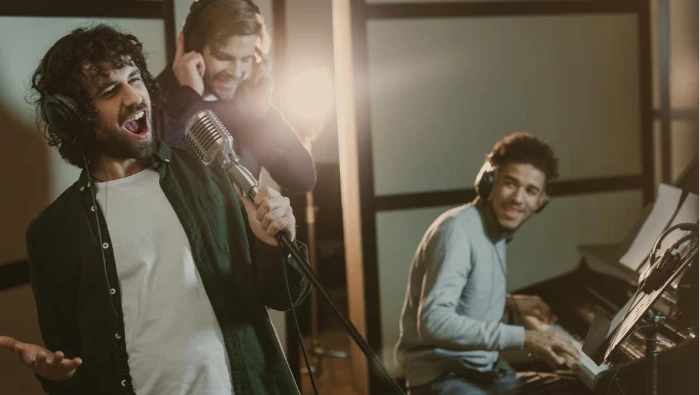
When you’re enveloped in the creative process, time can slip away like notes floating off a music sheet. However, selecting the wrong time for your studio sessions can hit a sour note in your harmonious recording journey. Let’s unveil some of these common pitfalls, and trust me, you’re not alone if you’ve stumbled into them.
Late Night Sessions: The Midnight Dilemma
Oh, the allure of a quiet night for recording! It seems perfect, but it quickly turns into a nightmare with every drum beat potentially summoning the police instead of applause due to noise complaints from neighbors. Late-night recordings, while devoid of daytime distractions, risk substantial disturbances and strain relations with those around you.
Morning Missteps: The Early Bird’s Struggle
Attempting to capture the early morning’s tranquility for your sessions? It sounds ideal until you remember that artists and creativity often don’t adhere to the dawn’s early light. Musicians and vocalists dragging themselves out of bed, voices unwarmed and minds foggy, hardly equates to the peak of artistic performance.
Dawn’s Deception: Quiet but Constrained
Recording at dawn, you might think you’ve found a sweet spot where the world is asleep, and creativity can flow uninterrupted. Unfortunately, this time can be as problematic as the late night, with the added pressure of racing against the sunrise and the world’s awakening, putting an invisible timer on your creative flow.
These pitfalls stem from a fundamental desire to find a peaceful, interruption-free time to channel creativity and produce the best possible sound. Yet, the reality of noise restrictions, personal and musician schedules, and the unpredictability of creative energy often clash with these well-intentioned plans.
Recognizing these pitfalls is the first step toward harmonizing your recording schedule with the practical aspects of your life and those around you. Adjusting your recording times can transform your sessions from stress-inducing to smooth, productive, and creatively fulfilling experiences. So, let’s strike the right chord and explore why afternoons might just be the symphony’s crescendo you’ve been searching for in your recording repertoire.
The Best Time to Record: Afternoon Wonders

Discovering the sweet spot in your daily schedule can significantly enhance your recording sessions, turning them from frustrating noise complaints into productive, creative marathons. After weighing the pros and cons of various times throughout the day, a consensus emerges: afternoons reign supreme for home studio recordings. Let’s dive into why this time of day holds the golden ticket to audio excellence.
Why Afternoons?
Firstly, afternoons offer the perfect balance for everyone involved in the recording process. Musicians have had their morning to wake up, engage in daily routines, and perhaps most importantly, warm up their voices or fine-tune their instruments. They arrive at the studio refreshed, energized, and ready to pour their best into the recordings.
The backdrop of the afternoon is often quieter in residential areas as well. Neighbors are less likely to be disturbed by your creative endeavors, as many are at work or engaged in their daily routines. This reduced likelihood of noise complaints provides peace of mind, allowing you and your team to focus on the task at hand without the looming threat of interruptions.
Additionally, recording in the afternoon aligns seamlessly with the biological rhythms of many artists. Peak energy levels and alertness tend to occur later in the day for creative minds, leading to more dynamic and inspired performances. The lighting and overall ambiance of the afternoon also contribute to a conducive environment for creativity, making it the ideal time to capture those magical moments when everything just ‘clicks’.
Preparing for an Afternoon Recording Session
To leverage the afternoon’s potential fully, consider implementing a few strategies. Encourage your musicians to engage in a morning routine that includes vocal exercises or a brief instrumental practice session. This ensures they arrive not just awake but genuinely prepared to tackle the recording session head-on.
Planning and communication are also critical. Ensure everyone involved knows the schedule well in advance and agrees to be punctual. This respect for time not only maximizes the afternoon window but also fosters a professional atmosphere conducive to productivity.
Finally, consider the technical aspects of your home studio. Since you’ve identified the afternoon as your optimal recording time, experiment with natural lighting and ventilation to enhance the comfort and mood of the studio space. A comfortable artist is a productive artist, and sometimes, the subtlest changes yield the most significant impacts.
In sum, afternoons in your home studio can transform from merely convenient to absolutely magical with the right preparation and mindset. Harness the unique advantages this time of day offers, and watch as your recordings ascend to new heights of quality and expression.
Tips for Maximizing Your Afternoon Recording Sessions
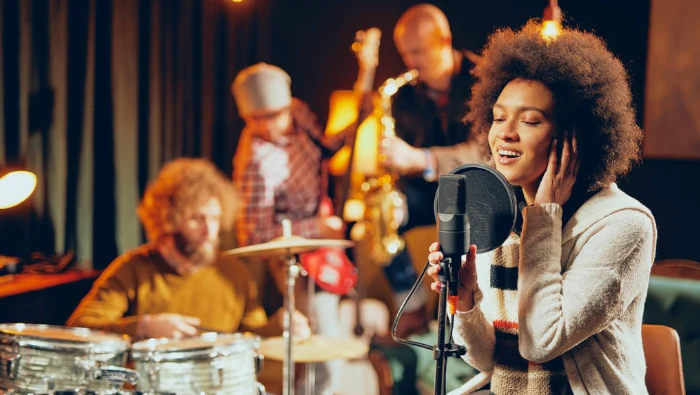
Recording in the afternoon has emerged as the golden hour for home studio owners and musicians alike. Yet, knowing when to hit the record button is just the beginning. To truly make the most out of these precious hours, consider these actionable tips that will elevate your afternoon recording sessions from good to exceptional.
1. Pre-Session Warm-Ups
Before the clock strikes the optimal recording time, ensure you and any involved musicians have engaged in a proper warm-up routine. Vocalists should go through their vocal exercises, and instrumentalists should tune and play their instruments a bit. This not only sharpens performance but also reduces the time spent adjusting in the early part of the session. Think of it as stretching before a sprint; your creative muscles need it!
2. Structure Your Session
Plan your afternoon to maximize efficiency. Start with a clear agenda: what tracks need recording, who’s involved, and what equipment will be in use. Having a structure doesn’t stifle creativity; it enhances it by clearing away organizational distractions, allowing you to dive deep into the creative process without worrying about what’s next.
3. Environment Matters
Your recording space should be as inspiring as it is functional. A little goes a long way in setting the right atmosphere for creativity. Maybe it’s natural light, a particular scent, or background decor – these elements can significantly impact the mood and energy of your session. An inspiring environment fosters creativity and can make your afternoon recording sessions something everyone looks forward to.
4. Soundproofing Hacks
Lack of soundproofing can be a worry, but there are cost-effective solutions. Temporary soundproofing methods, such as heavy curtains over windows or doors, using rugs and carpets to absorb sound, or even DIY sound-absorbing panels, can make a big difference. This ensures your sessions are not disruptive and keeps the sound quality at its peak.
5. Stay Hydrated and Fed
It might seem trivial, but dehydration or hunger can quickly sap energy and dampen spirits. Ensure there’s a supply of water and healthy snacks available. A well-timed break with refreshments can offer a much-needed pause and rejuvenate everyone for the next recording stretch.
6. Open Communication
Finally, maintain open and clear communication with everyone involved. Check in regularly to ensure their needs are met and they feel comfortable expressing any issues or creative ideas. Remember, recording is a collaborative effort, and a positive, supportive environment yields the best results.
By implementing these tips, you’re not just optimizing your recording sessions for the afternoon; you’re setting the stage for higher-quality recordings and a more enjoyable, productive process. It’s about making every session a harmonious blend of creativity, efficiency, and fun. Now, aren’t these the qualities that drew us to music in the first place?
Conclusion
So, there you have it! Refining the timing of your recording sessions in your home studio is not just about compromising but about strategizing for success. By focusing your recording efforts in the afternoon, you not only harness the peak energy levels of musicians but also dodge the common pitfalls associated with late-night or early-morning sessions. This strategy ensures that your recordings hit that sweet spot of sound quality, while keeping peace with neighbors and allowing you personal time with family in the evenings.
Taking these steps towards optimizing your recording schedule doesn’t just improve the technical output of your sessions; it enhances the overall creative atmosphere. A musician who’s well-rested and not rushing against the clock is one who can truly let their talent shine. And let’s not forget the added bonus of maintaining a harmonious relationship with those around you by keeping the noise down at sensitive times.
We encourage you to integrate these insights into your recording routine and observe how these small tweaks can lead to significant improvements in your studio experience. Moreover, we’re all about community here, so don’t hesitate to share your thoughts or experiences in the comments below. Have you found a different time that works better for you? How do you manage soundproofing on a budget? Your insights could be a game-changer for fellow musicians navigating the same challenges.
And if you’ve found this post helpful, share it with your music network! You never know who might be in need of a little scheduling inspiration to make their home studio endeavors even more fruitful.
Remember, in the world of music production, timing is everything—not just in the rhythm of your music, but in the scheduling of your sessions. Cheers to making every recording count and elevating your home studio game!
